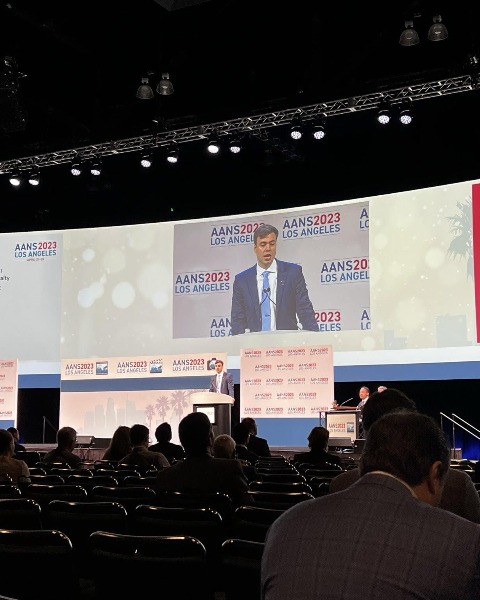History
The First Quantitative Model of Lincoln's Assassination: Correlated Biometric Analysis and Autopsy Results

William K. Blanks, Jr., BSPH
Medical Student
WVU School of Medicine
Raleigh, NC, US
Presenting Author(s)
Introduction: While it is widely accepted that Abraham Lincoln’s death was due to brain herniation and shock, no formal attempt quantified the intracranial pressure (ICP) that developed following his injury. Our study provides a quantitative estimation of Lincoln’s ICP by analyzing notes written by Lincoln’s personal physician who was present, Dr. Robert Stone. By mapping historical biometric data alongside symptom progression—such as the onset of convulsions and heightened responsiveness to stimuli—we estimate the escalation of ICP.
Methods: To model the ICP trajectory, we segmented the timeline into half-hour intervals, noting key clinical signs of elevated ICP— bradycardia, irregular respiration, hyperreactivity, and convulsions—as described in historical documentation. We divided ICP into four levels: mild ( < 20 mmHg), moderate (20-30 mmHg), severe (30-40 mmHg), and critical (>40 mmHg). Symptom onset and intensity were mapped chronologically and cross-referenced with Cushing’s triad to guide our estimations.
Results: Quantitative estimates of ICP were derived using modern interpretations of clinical markers consistent with severe traumatic brain injury. Each clinical sign was rated on severity that align with known physiological responses in elevated ICP states. Four time periods were identified following the start of data collection: 75 minutes at mild ICP (bilateral orbital ecchymosis), 75 to 150 minutes at moderate ICP (wound discharge, convulsions), 150 to 210 minutes with severe ICP (irregular breathing, marked bradycardia 210-300 minutes), and critical ICP from 300 to 502 minutes (hyperreactivity, cortical suppression), marking death. During the critical time, Lincoln's heart rate dropped by upwards of 40%.
Conclusion : This correlates with the autopsy performed by Dr. J. J. Woodward, noting that blood clots filled the ventricles with minimal blood at the brain’s base, suggesting death from increased intracranial pressure. As blood pressure was not recorded, it is challenging to provide estimates using more direct methodology. However, we are able to extrapolate indirectly with reasonable confidence given the well-documented pathological symptoms the 16th President experienced during his final moments. To our knowledge, this study is the first to attempt to quantify Lincoln’s ICP.
Methods: To model the ICP trajectory, we segmented the timeline into half-hour intervals, noting key clinical signs of elevated ICP— bradycardia, irregular respiration, hyperreactivity, and convulsions—as described in historical documentation. We divided ICP into four levels: mild ( < 20 mmHg), moderate (20-30 mmHg), severe (30-40 mmHg), and critical (>40 mmHg). Symptom onset and intensity were mapped chronologically and cross-referenced with Cushing’s triad to guide our estimations.
Results: Quantitative estimates of ICP were derived using modern interpretations of clinical markers consistent with severe traumatic brain injury. Each clinical sign was rated on severity that align with known physiological responses in elevated ICP states. Four time periods were identified following the start of data collection: 75 minutes at mild ICP (bilateral orbital ecchymosis), 75 to 150 minutes at moderate ICP (wound discharge, convulsions), 150 to 210 minutes with severe ICP (irregular breathing, marked bradycardia 210-300 minutes), and critical ICP from 300 to 502 minutes (hyperreactivity, cortical suppression), marking death. During the critical time, Lincoln's heart rate dropped by upwards of 40%.
Conclusion : This correlates with the autopsy performed by Dr. J. J. Woodward, noting that blood clots filled the ventricles with minimal blood at the brain’s base, suggesting death from increased intracranial pressure. As blood pressure was not recorded, it is challenging to provide estimates using more direct methodology. However, we are able to extrapolate indirectly with reasonable confidence given the well-documented pathological symptoms the 16th President experienced during his final moments. To our knowledge, this study is the first to attempt to quantify Lincoln’s ICP.

.jpg)